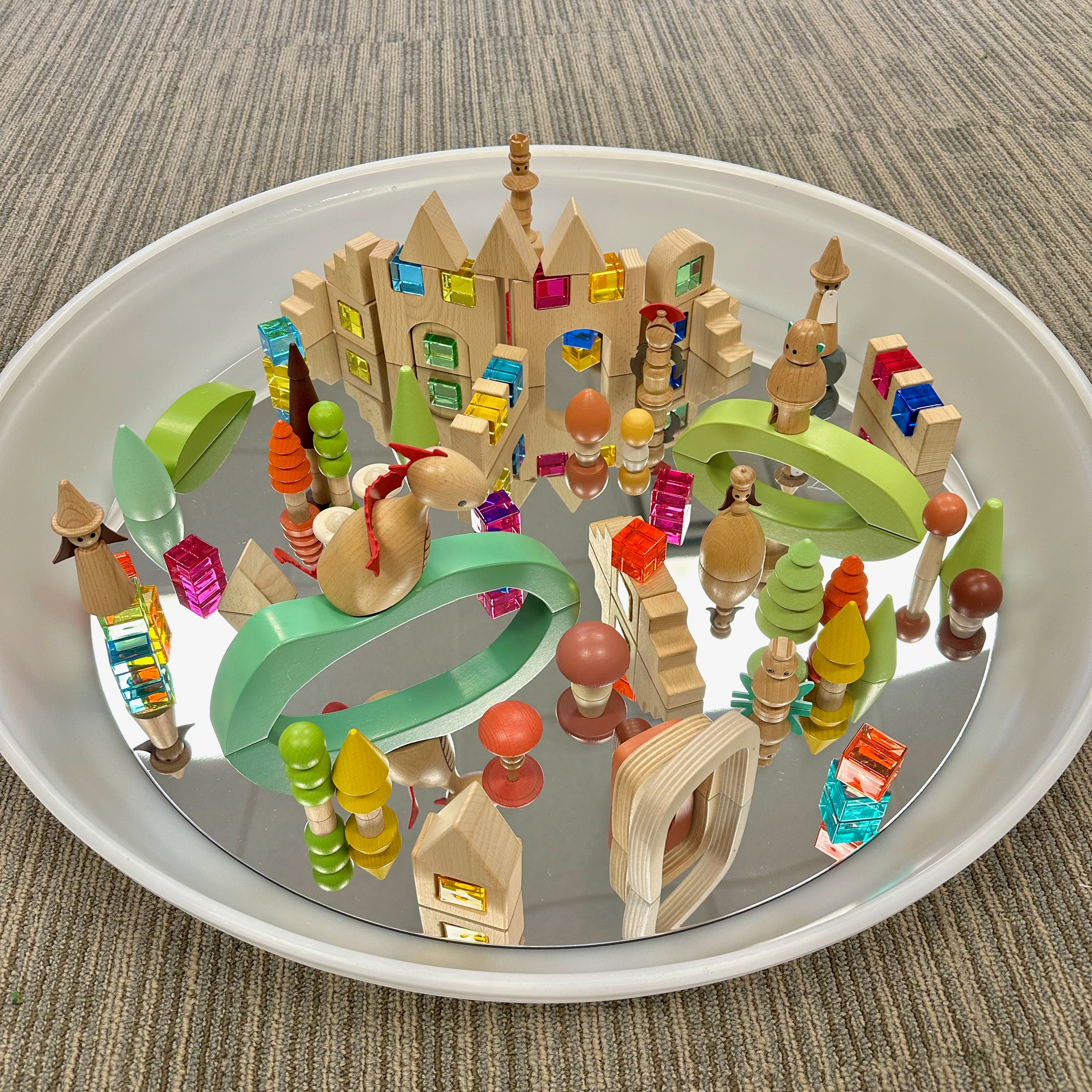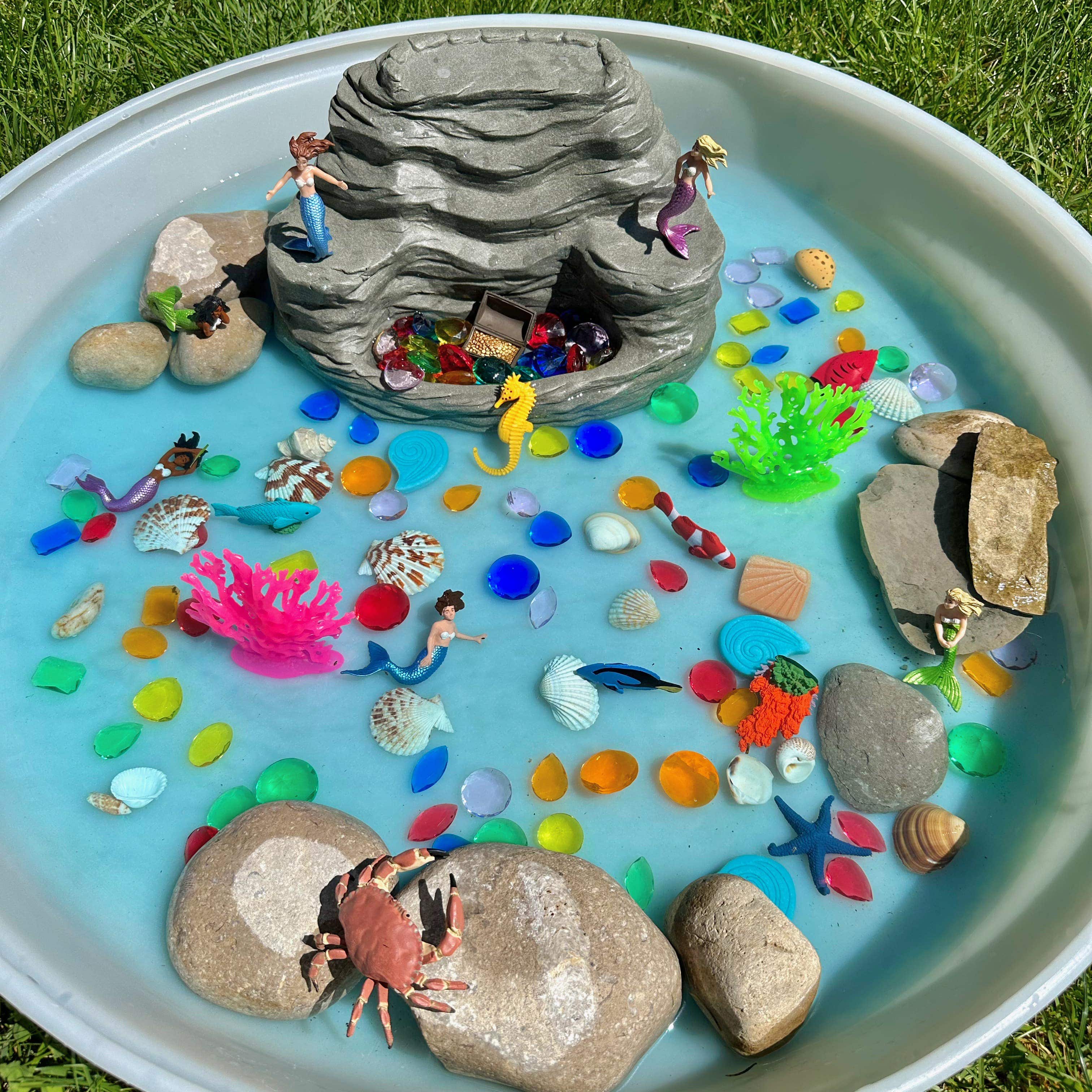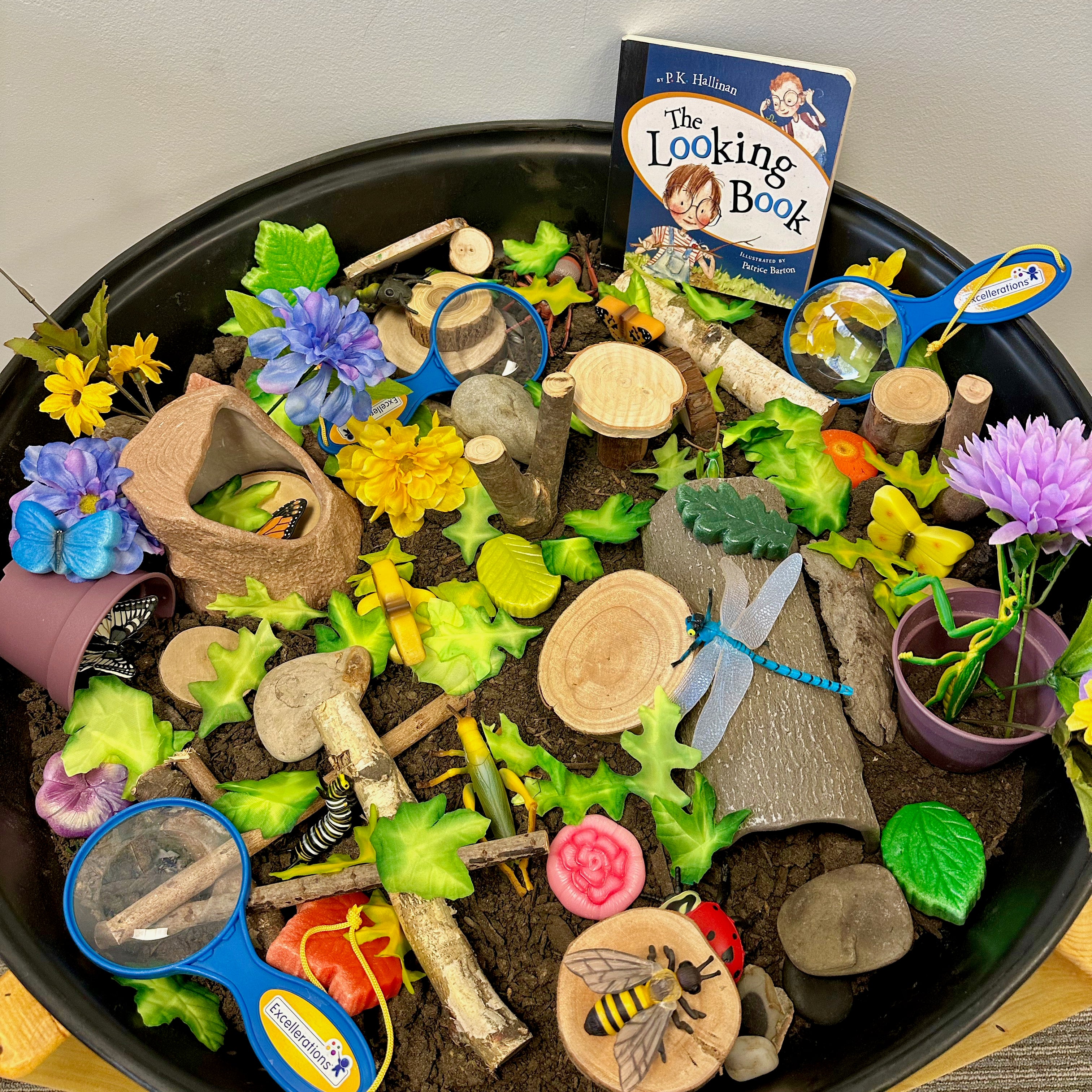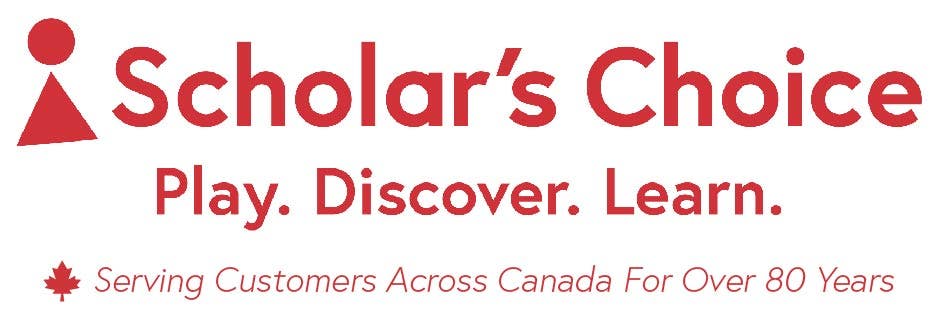

The Enormous Benefits of Small World Play in Early Childhood Education
In the realm of early childhood education, creating rich, immersive learning experiences is key to stimulating young minds and fostering comprehensive developmental growth. One of the most captivating and educationally beneficial activities that educators can offer is small world play. Utilizing miniature setups that replicate the real world, small world play engages children in complex, imaginative scenarios that build foundational skills in a playful and engaging manner. This blog post explores the importance of small world play and outlines how it can be effectively integrated into early childhood curriculums to enhance learning through play, literacy, and the use of loose parts.
What is Small World Play?
Small world play involves the use of detailed miniatures—from animals and people to vehicles and buildings—to create scenes that invite children to enact stories and scenarios. This type of play can be themed around everyday experiences, such as a cityscape or a farm, or it can delve into fantastical realms like fairy tales or outer space adventures. By interacting with these small-scale environments, children can explore big ideas within a controlled, manageable context.
So together lets explore and learn more about small wolrd play and why it is so important in early childhood education!
Enhances Cognitive and Language Skills
Engaging in small world play offers rich opportunities for language development and cognitive growth. As children narrate their play, they develop complex sentence structures and vocabulary. Moreover, setting up and manipulating the environments encourages problem-solving and planning skills, which are critical aspects of cognitive development.




Fosters Social and Emotional Development
Small world play often involves multiple participants, which helps children learn social skills such as sharing, negotiation, and collaboration. The scenarios played out can also help children explore and understand different emotions and develop empathy, as they consider the perspectives and experiences of the characters they animate.
Promotes Fine Motor Skills
Manipulating small figures and objects helps children develop fine motor skills and hand-eye coordination. These skills are essential for academic tasks such as writing, cutting, and drawing, making small world play a fun and effective way to enhance physical development.




Encourages Literacy
While primarily seen as a tool for imaginative play, small world play also supports early literacy. Children often incorporate elements of storytelling into their play, which can be extended into writing activities. Educators can encourage children to write stories about their scenarios, thus building a bridge between spoken and written communication.
Integrating Small World Play into the Curriculum
1. Use Loose Parts: Incorporate loose parts—such as buttons, stones, sticks, and fabric scraps—into your small world setups. Loose parts are versatile and can be used in myriad ways, encouraging creativity and critical thinking as children decide how to use these items within their play scenarios.
2. Create Diverse and Inclusive Worlds: Ensure that the small worlds you offer are diverse and inclusive, reflecting the variety of backgrounds and experiences of the children in your care. This can include having figures with different skin tones, abilities, and family structures.
3. Link to Educational Themes: Use small world play to complement and reinforce current educational themes. For instance, if you are teaching about habitats, you might set up a rainforest or desert environment. This helps solidify learning by providing a tangible, interactive representation of the concepts being taught.
4. Document and Expand the Learning: Take photos or videos of the children’s play, and encourage them to describe what happens in their small worlds. This documentation can then be used for assessment purposes or as a springboard for further learning activities, such as creating a class book or a display about their play narratives.
Small world play is a dynamic and versatile educational tool in the early childhood classroom, offering significant benefits across cognitive, linguistic, social, emotional, and physical domains. By carefully designing and supporting small world play activities, educators can provide children with meaningful opportunities to explore complex concepts, develop crucial skills, and express their creativity and understanding of the world around them. Let’s harness the power of small worlds to inspire big learning!
See all our favourite small world play activities in our FREE downloadable activity guide here and all our favourite small world play resources here
Make sure to tag us on social media if you try any of our ideas and follow us for more play based learning activites, process art and craft ideas on social media @ScholarsChoice on Facebook, Instagram and Pinterest

